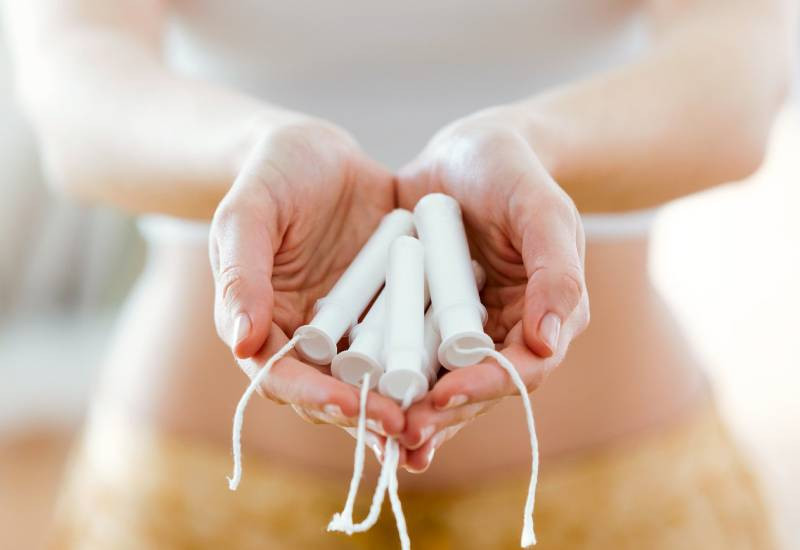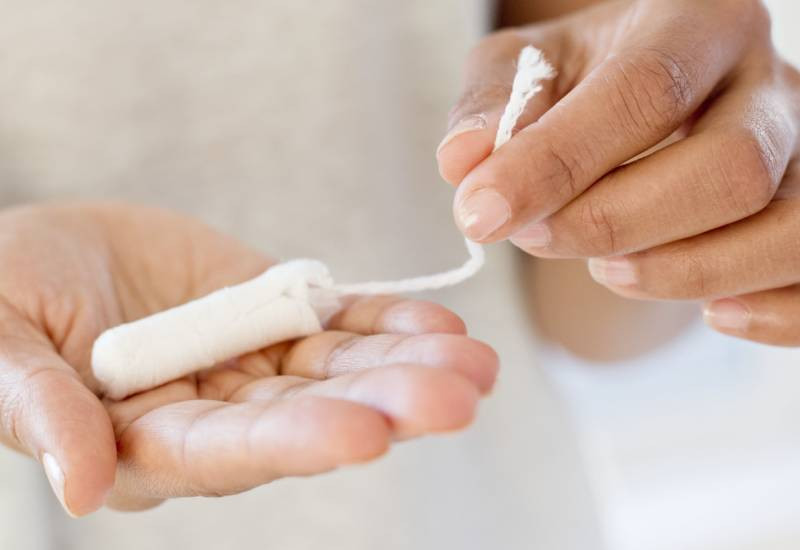
Everyone woman has the go-to menstrual hygiene material that they use when Aunt Flow is in town. Pads, tampons and panty liners have been the most popular for a while and now the menstrual cup is gaining some traction as well.
Each of these hygiene materials has its advantages and disadvantages. But there are major concerns about tampons because they've been connected to the risk of Toxic Shock Syndrome (TSS), a severe bacterial infection.
But, this doesn't mean that you have to completely avoid tampons if you still want to use them. You can learn what mistakes you should avoid reducing your risk of complications:
Storing tampons carelesslyAlthough tampons are usually well secured, it doesn't mean that they can withstand anything. It might not seem like a big deal to just mix it in your bag along with other items or store it in random places at home but, it actually is.
You should know that tampons can get mouldy and contaminated with bacteria so you should be careful with how you store them. You should buy a small pouch to store them if you need to carry some around in your bag and keep them in a cool, dry area at home.
Not washing your hands properly before applicationInserting a tampon is a quick two-minute process. In fact, it's so quick that you can forget that you need to take your time when washing your hands before and after.
- Returning to work after maternity leave
- Teach your children good values at an early age
- Keeping your children busy over the holidays
- Safely include your children in the kitchen with these tips
Keep Reading
The most crucial stage is before application because you don't want any bacteria to sneak into your body. Don't just make it a quick rinse because that's not enough to get all the dirt out.

It's good as women we are slowly learning that just because something is on the shelves doesn't mean it's completely safe to use or consume. In this case, tampons that are labelled 'super 'or 'plus' should be avoided because they've been strongly linked to TSS cases.
To be on the safe side, go for the light or regular options and steer clear of the very absorbent ones.
Wearing a tampon for too longThe most recommended period of time you should have a tampon in is eight hours. That's because the longer you have it on, the higher the risk of developing infections including those that trigger Toxic Shock Syndrome.
You should be keen on changing it on time especially if you struggle with issues like yeast infections. There's no need to panic if you've had it in for slightly longer than eight hours but, you should always try and change it on time.
Using the same tampon sizeUsually, our flow starts heavy at the beginning of our period and then gradually reduces towards the end. And if you use tampons regularly, you should alternate the sizes because there isn't much to be absorbed as your period ends.
You shouldn't force a tampon in when your flow is light. Also, removing it will be a painful experience that can cause tears. Ouch!
It's advisable to switch to a pad or panty liner as your period ends.
 The Standard Group Plc is a multi-media organization with investments in media platforms spanning newspaper print
operations, television, radio broadcasting, digital and online services. The Standard Group is recognized as a
leading multi-media house in Kenya with a key influence in matters of national and international interest.
The Standard Group Plc is a multi-media organization with investments in media platforms spanning newspaper print
operations, television, radio broadcasting, digital and online services. The Standard Group is recognized as a
leading multi-media house in Kenya with a key influence in matters of national and international interest.

